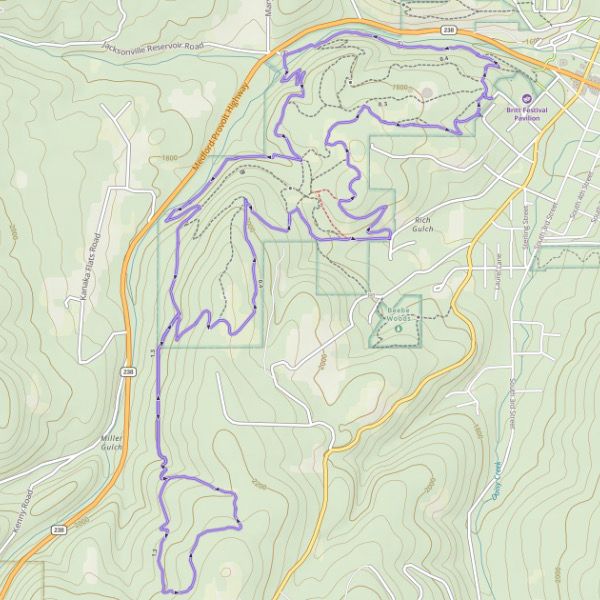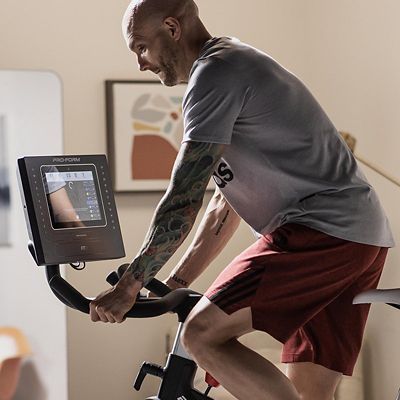
Don’t overlook pacing. Learning what pace to shoot for, what that pace feels like, and how to maintain it during a race are essential skills for runners looking to hit (or beat) specific race times. No matter what your running experience level is, developing a pacing strategy will help you perform better on race day, says Cory Smith, founder and head coach of Run Your Personal Best, an online running coaching company.
“Learning how to pace can make the difference between a successful and an unsuccessful race,” he says.
To determine proper pacing, you’ll need to keep track of your split times—the time it takes you to complete specific segments of a race (mile splits, for example). There are three strategies when it comes to splits. Positive splitting means starting out fast and running slower toward the end of the race. Even splitting means running the same pace through the entire race. Negative splitting means starting out slow and then increasing your speed as you get closer to the finish.
Positive splitting can exhaust you before you reach the finish line (even splitting can do it, too). For that reason, this strategy is sometimes called “fly and die.” For most runners, Smith recommends aiming for negative splits. This allows your body to warm up before gradually transitioning to a faster pace.
“Negative splitting is physiologically better for your body,” he says.
In Smith’s view, negative splitting is all about managing energy. He teaches all of his runners how to negative split during training runs so they can do it in races, when it counts. Here’s how you can do it, too.
What Pace Should You Shoot For?
First things first: How do you know what pace per mile you should be aiming for? Pace charts, like the Road Runners Club of America pace chart developed by 1968 Boston Marathon winner Amby Burfoot, are one key resource. They’re available online, and they show goal race times and calculate pace per mile based on your performance in past races. Pace charts factor in distance—the longer the route, the harder it is to maintain a certain pace—and pad the suggested times accordingly.
For example, if you’ve run a 5K in 25 minutes, an online pace chart might show that you can run a 10K in a time of 51 minutes, 58 seconds. That same pace chart will show that you ran an average of 8:03 minutes per mile to run your 5K time, and that you should aim to run an average of 8:23 per mile for your target 10K time.
To run a negative split for the 51:58 10K above, Smith would advise starting off between an 8:30 and 8:25 pace for the first 2 miles (think of these as your warmup miles), easing into an 8:25 to 8:20 pace for the next 2 miles, then settling into an 8:20 pace or faster for the rest of the race.

























